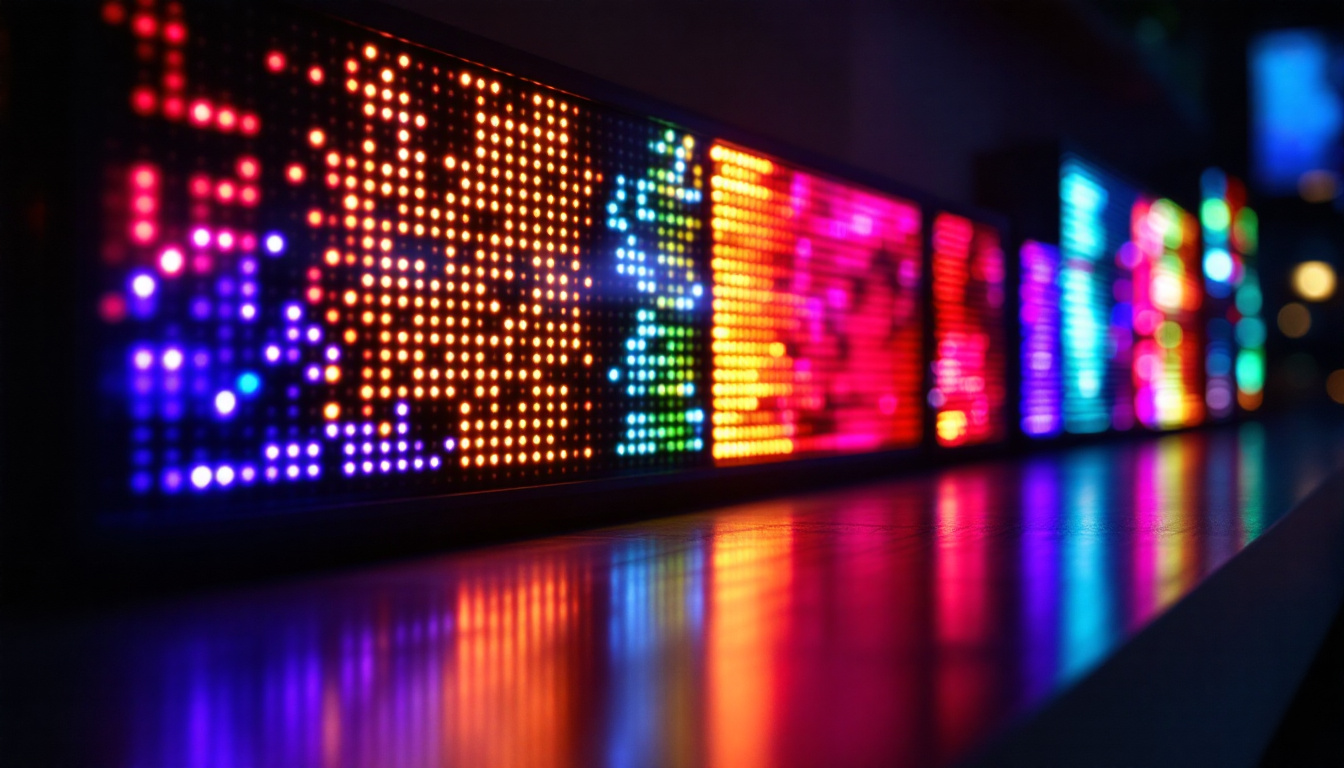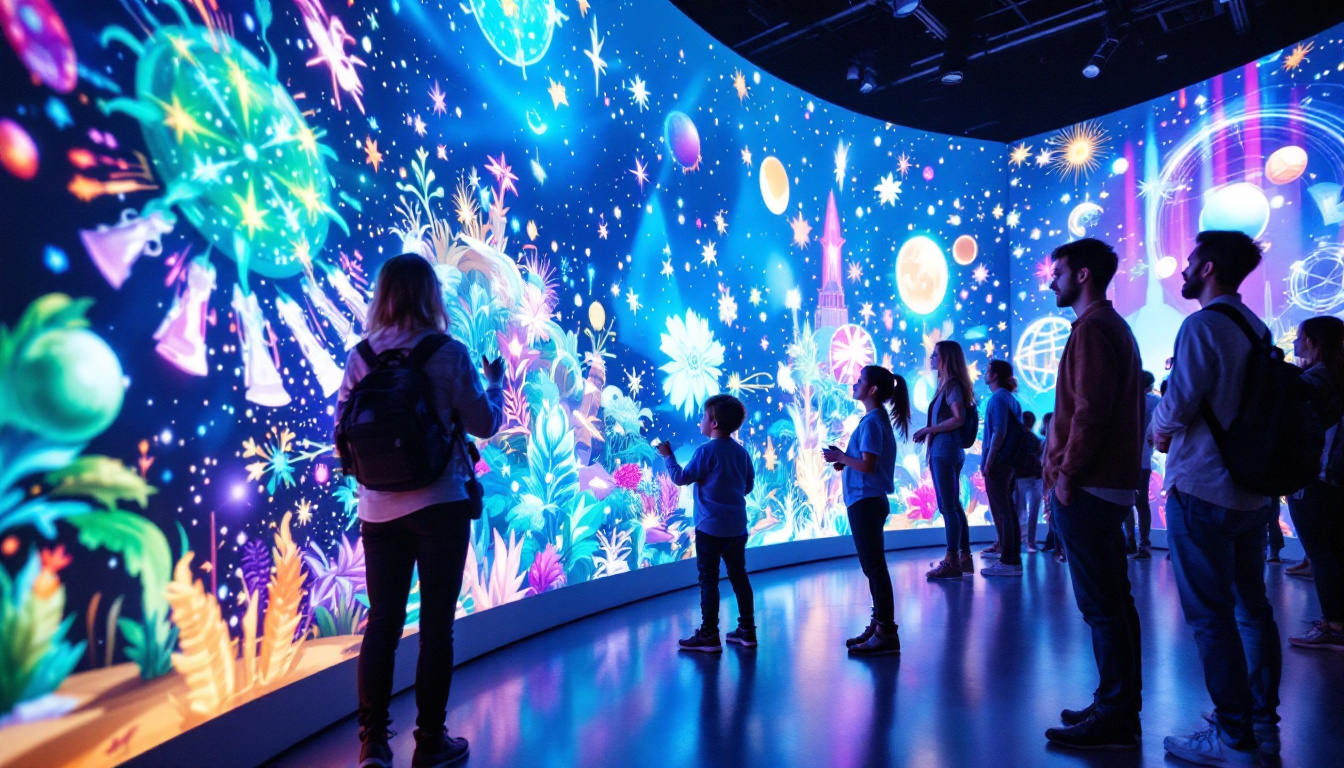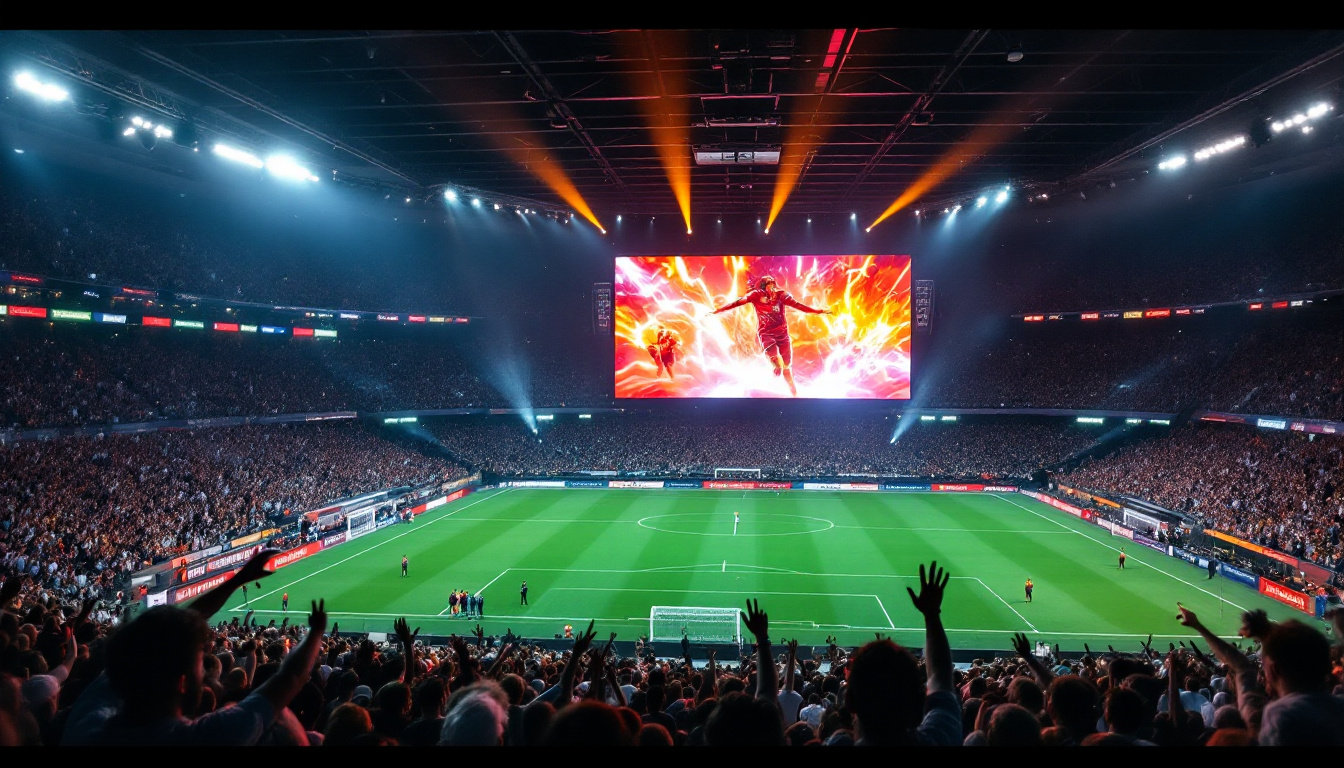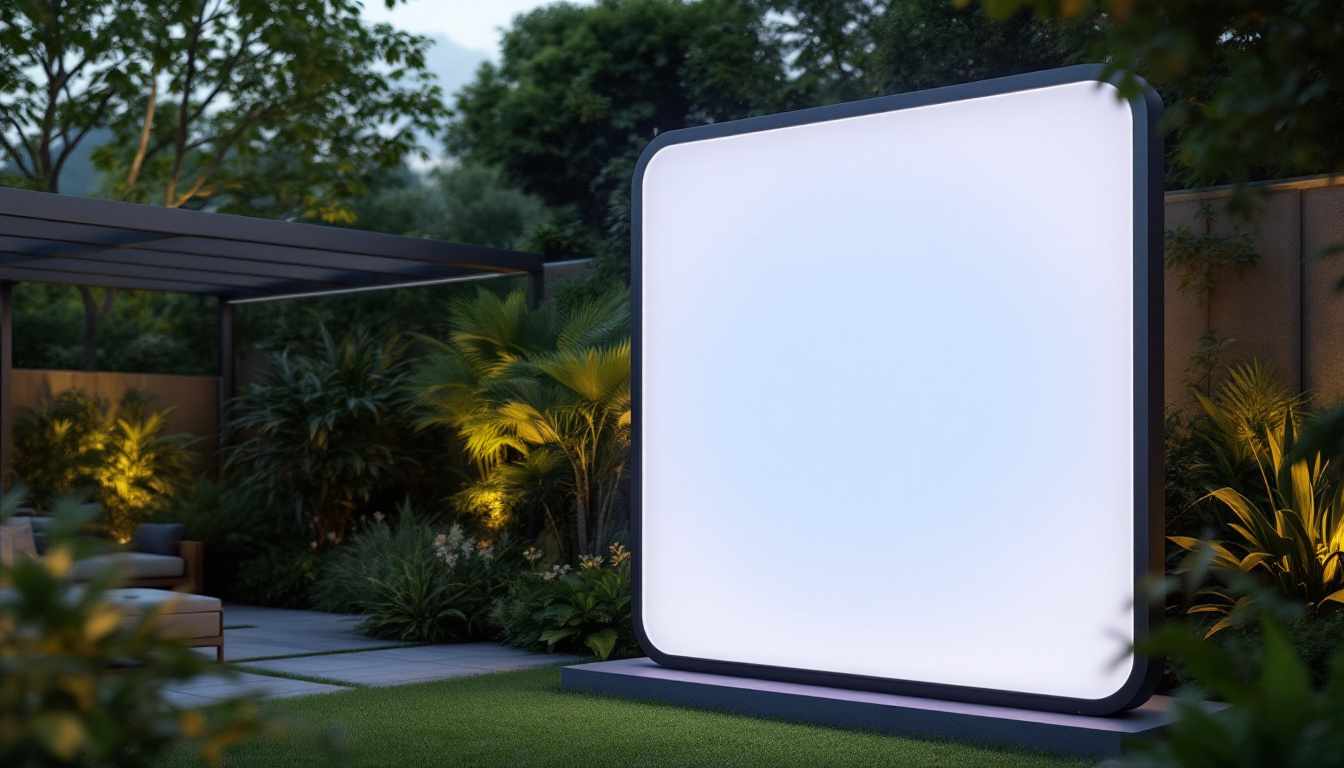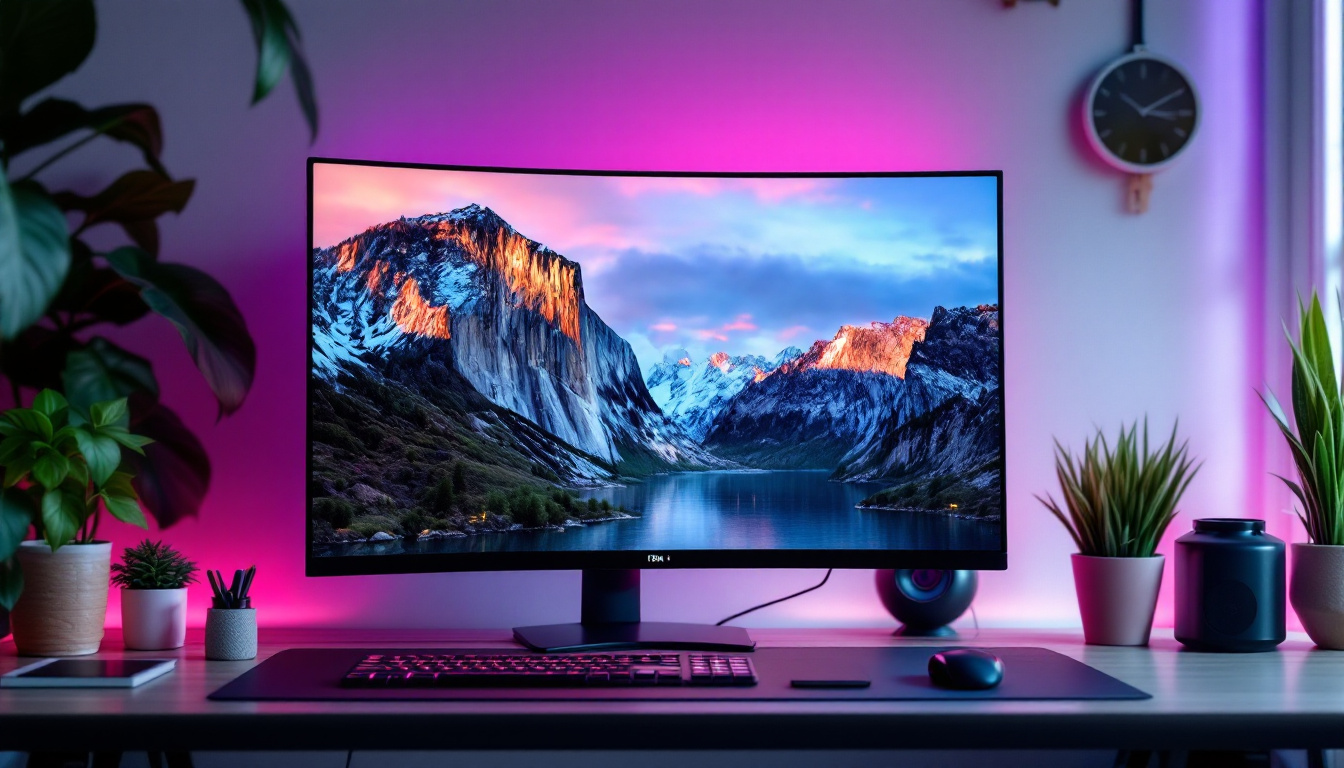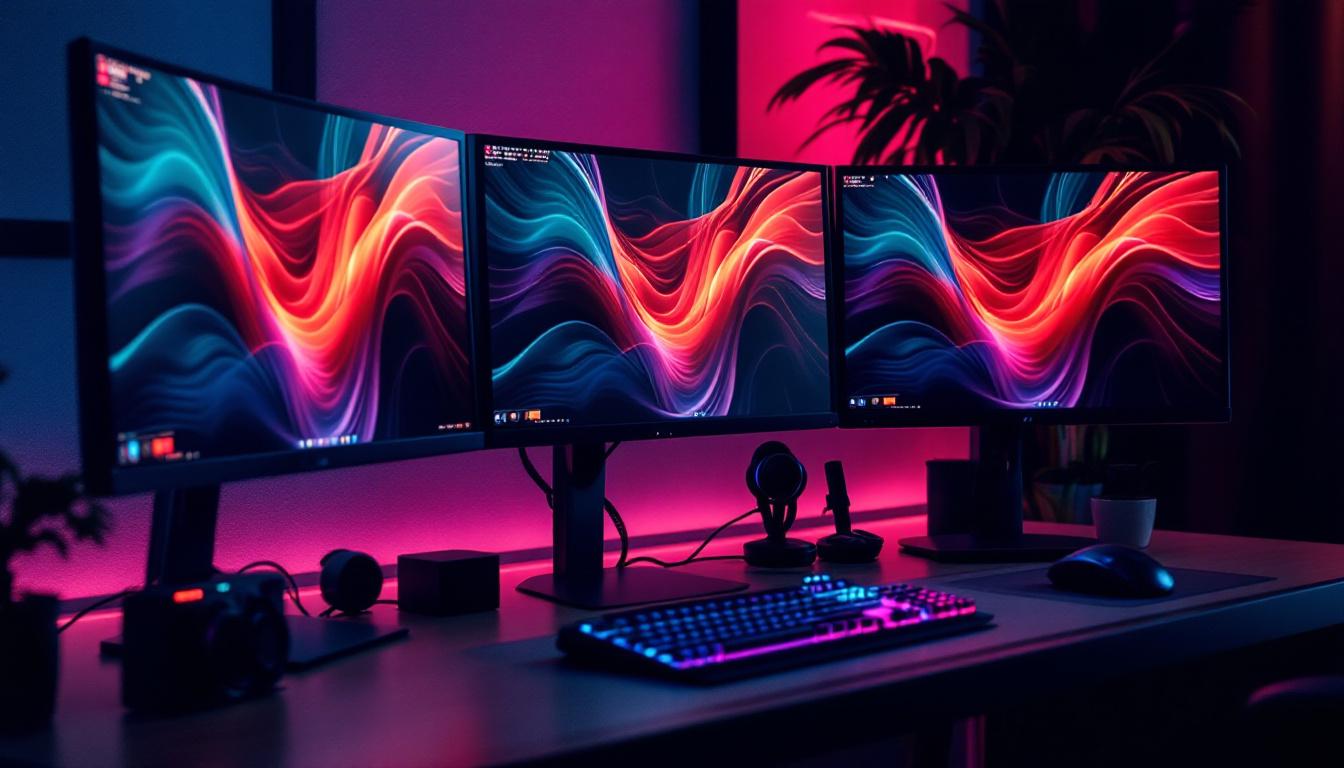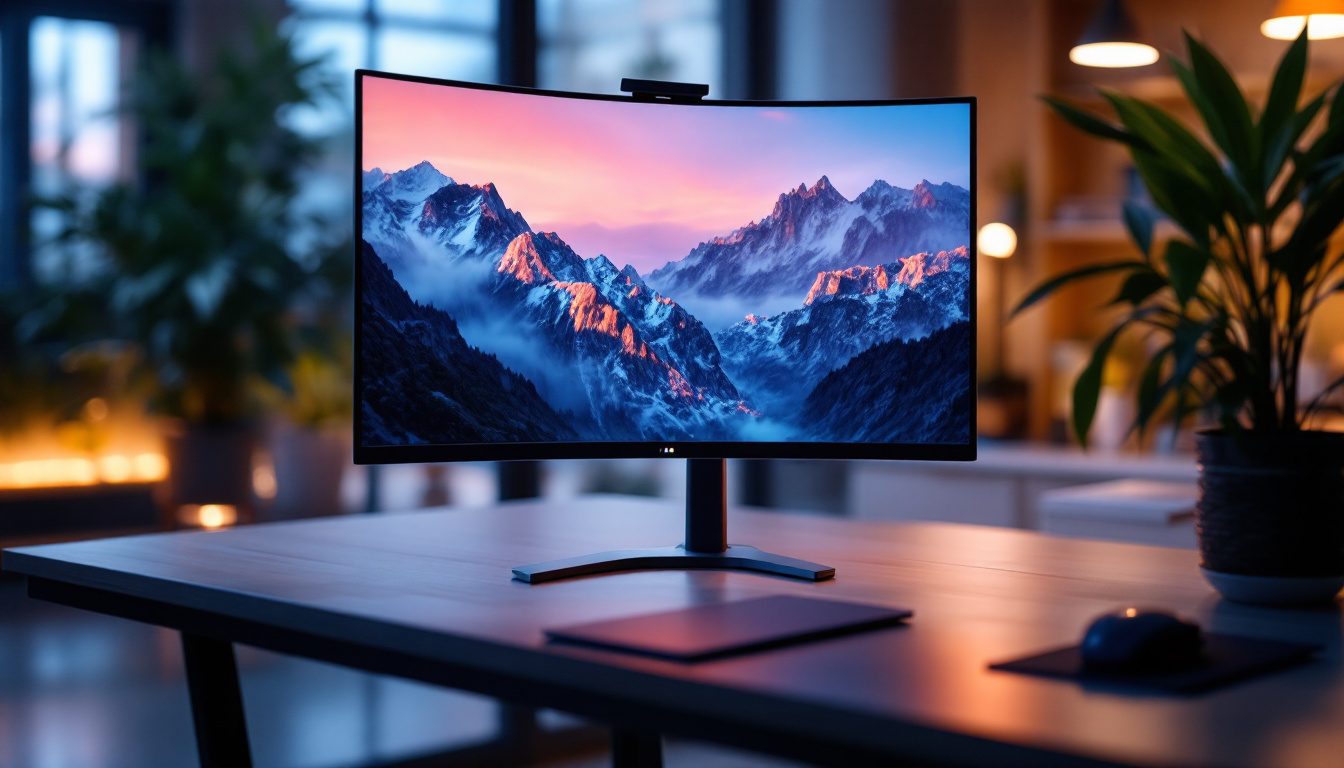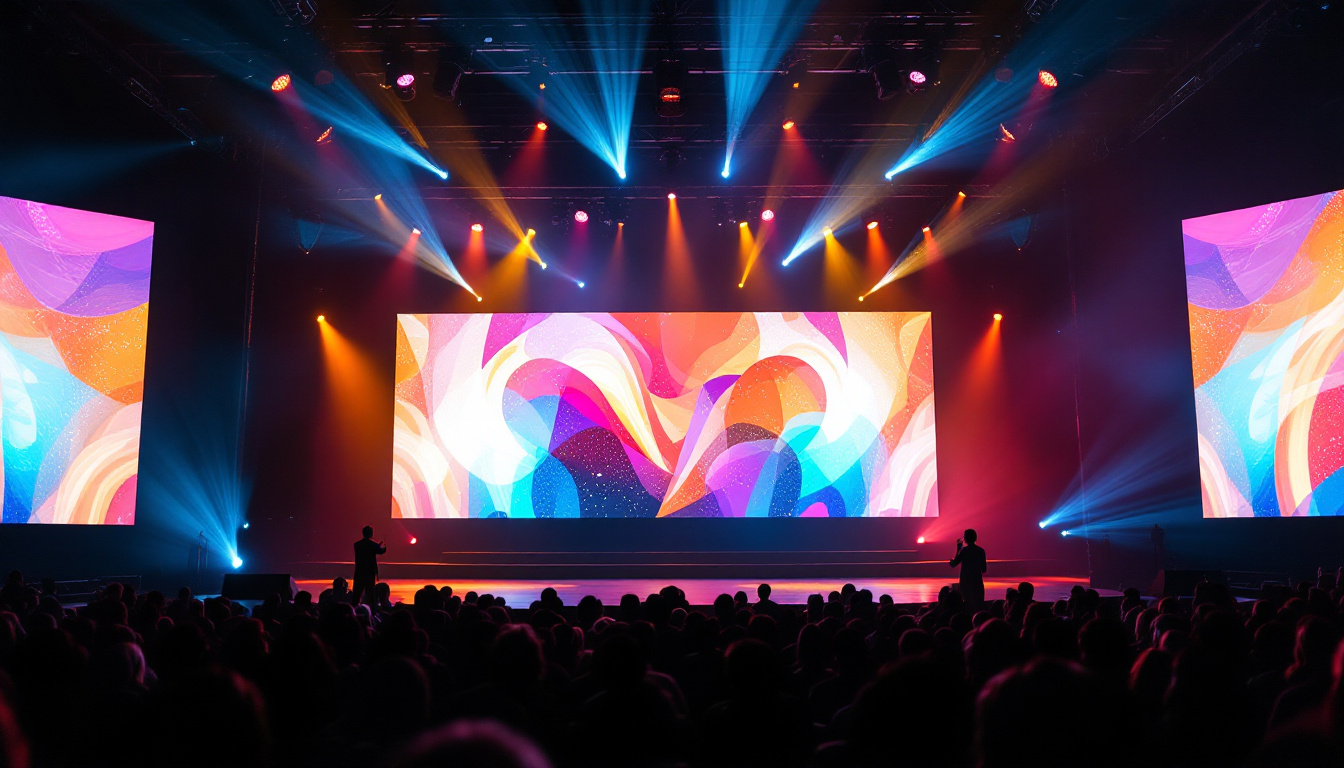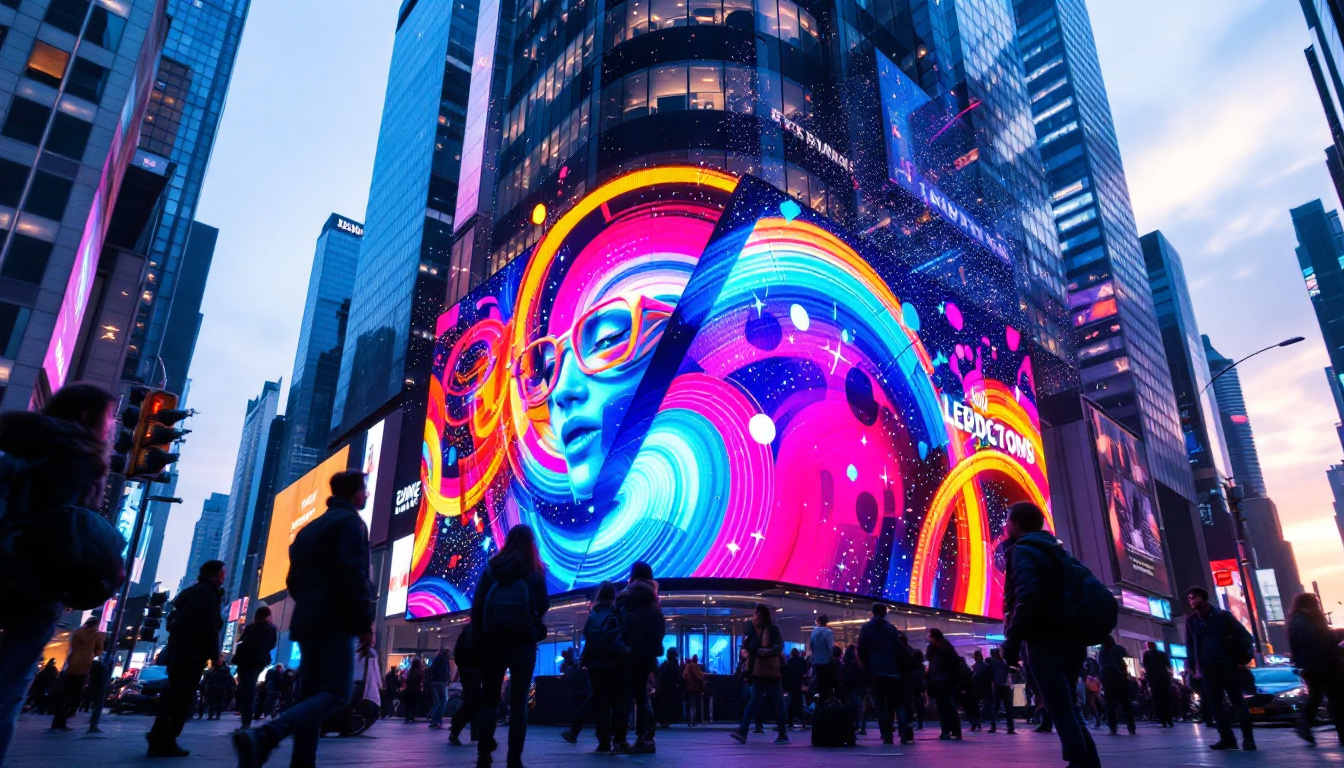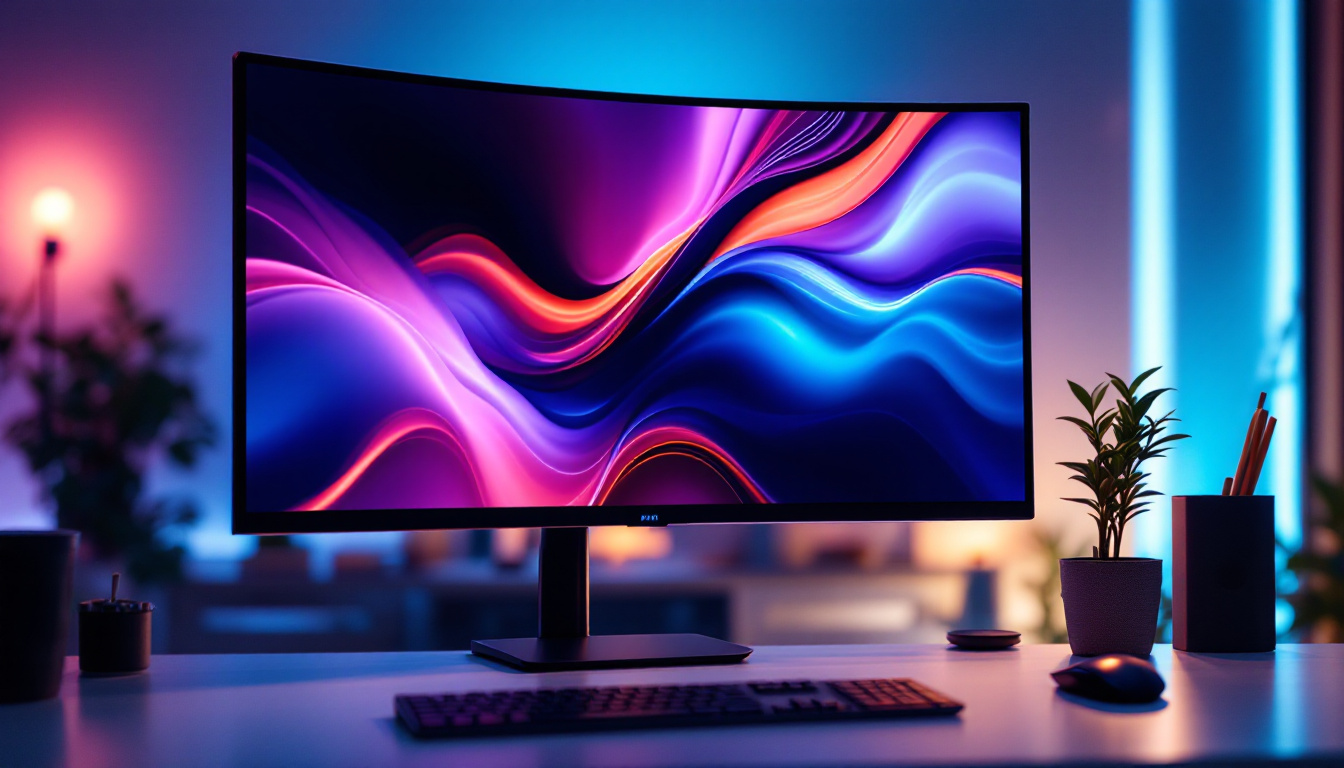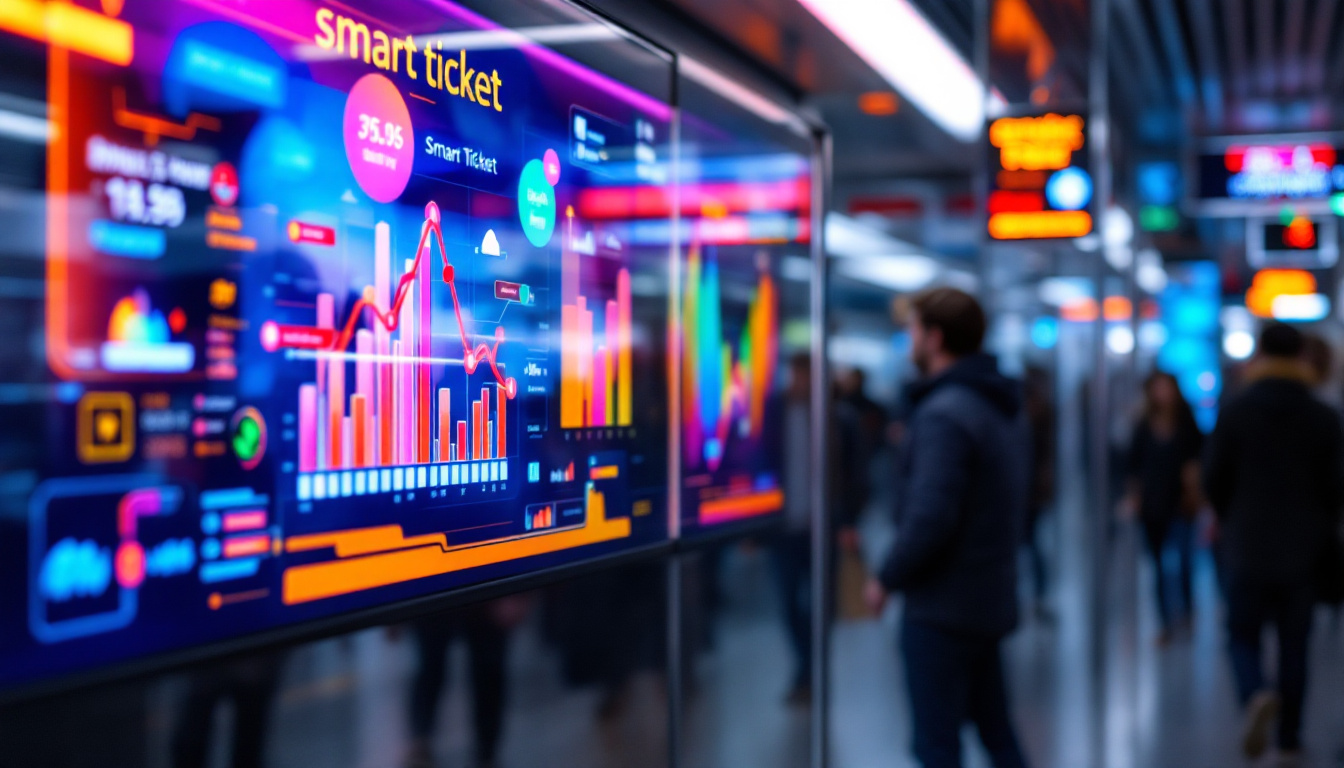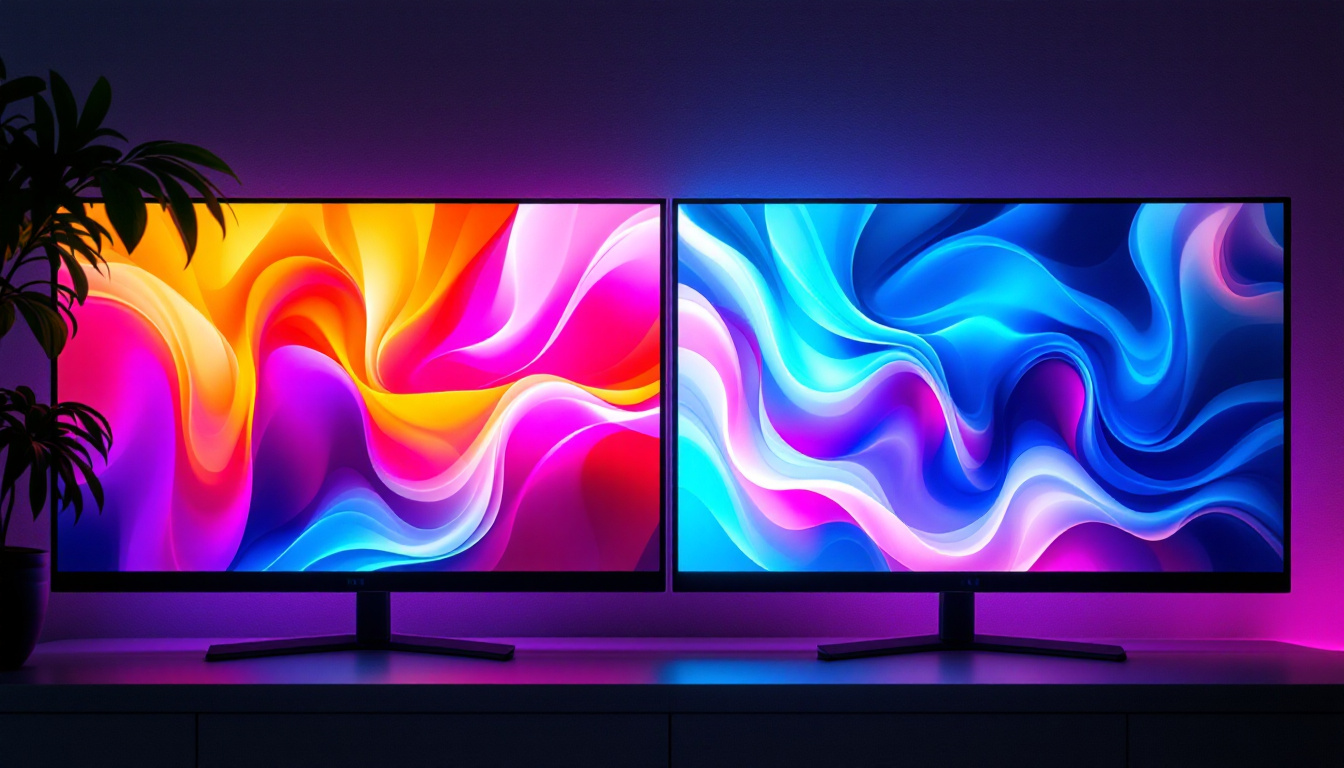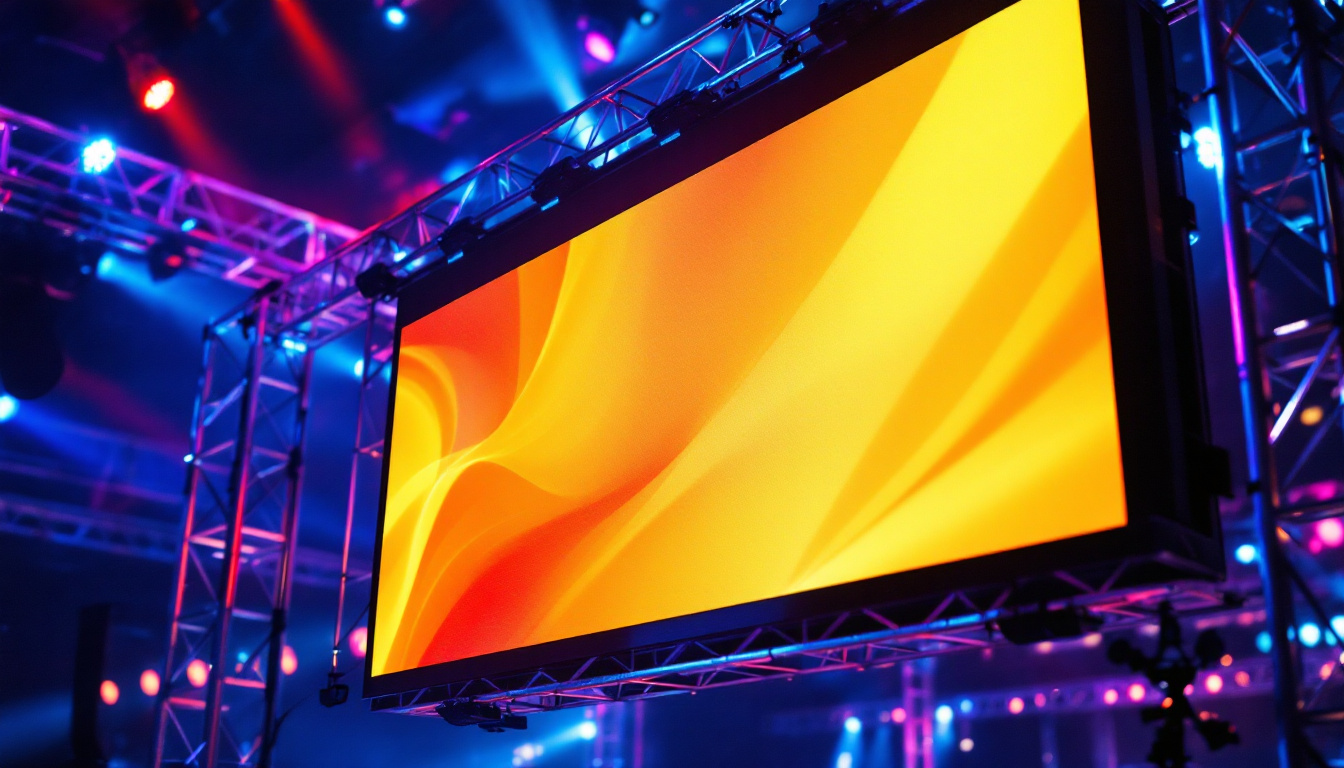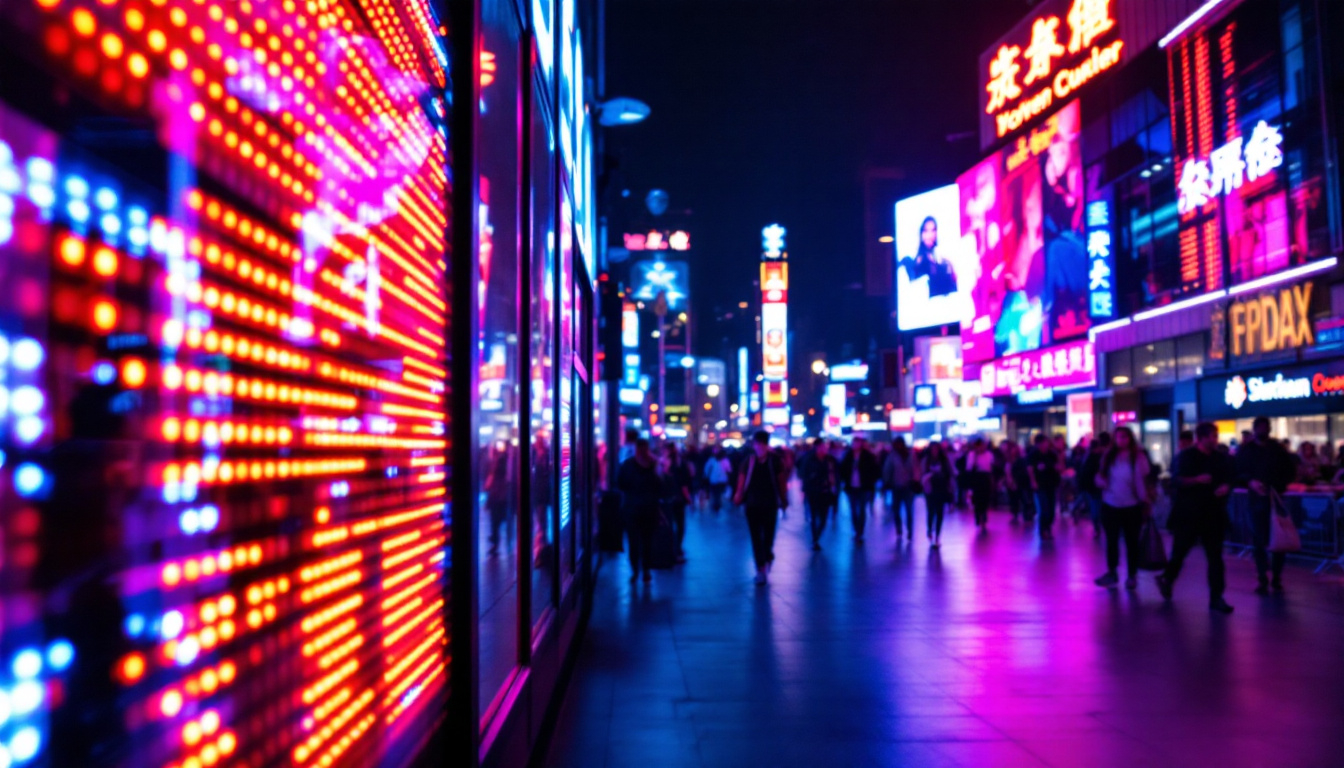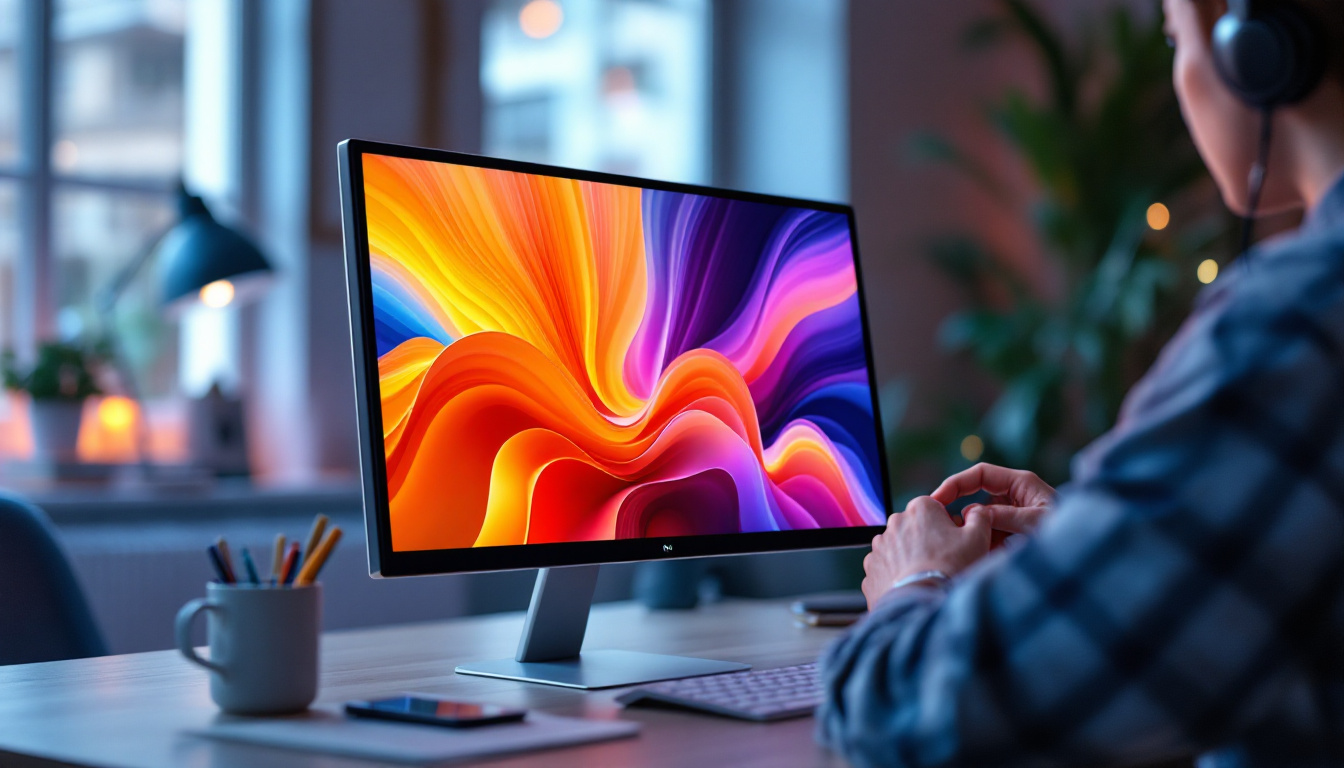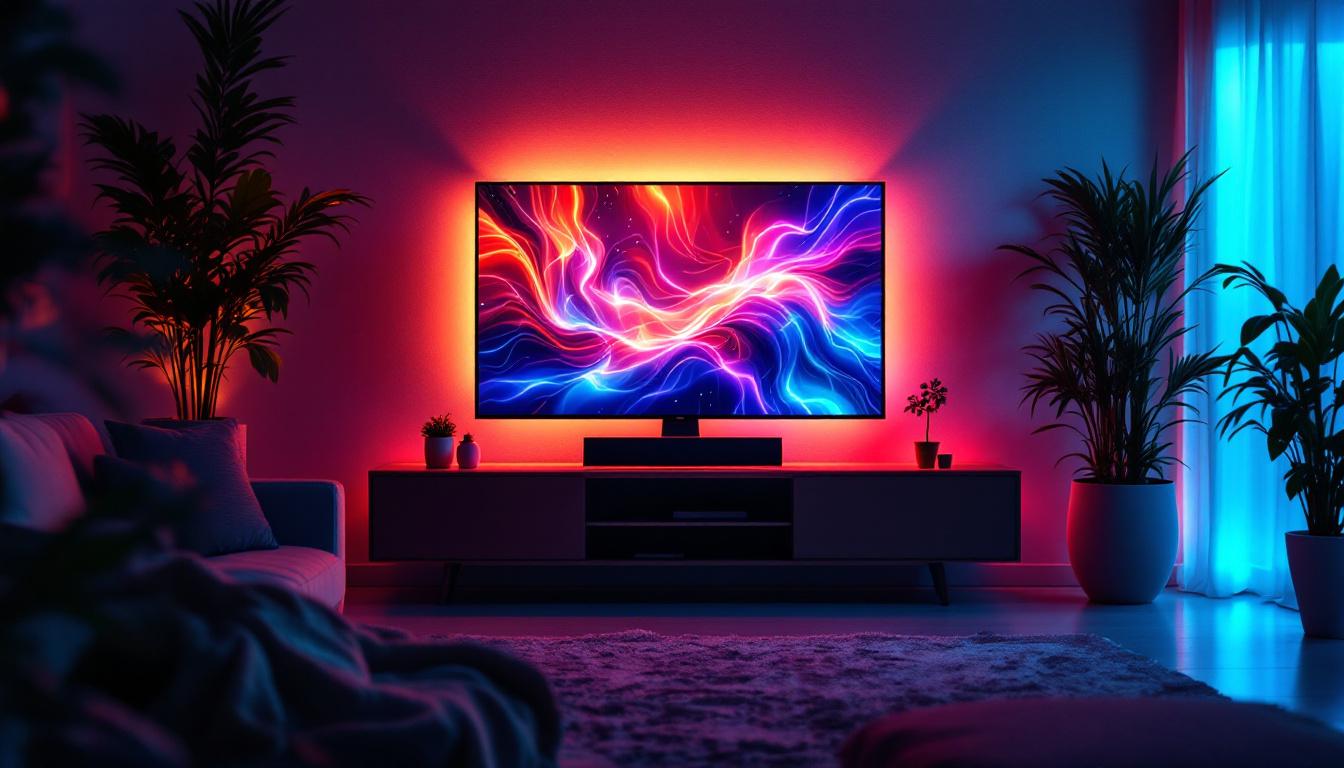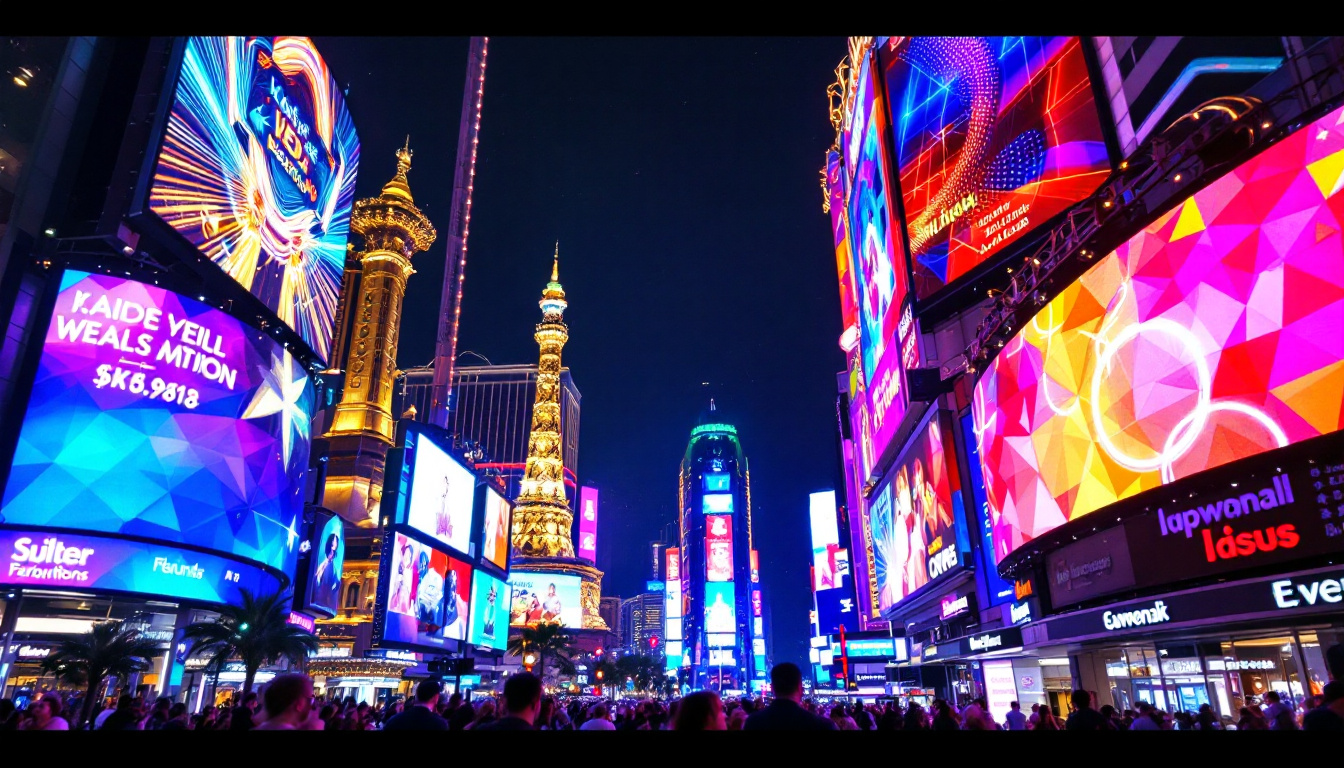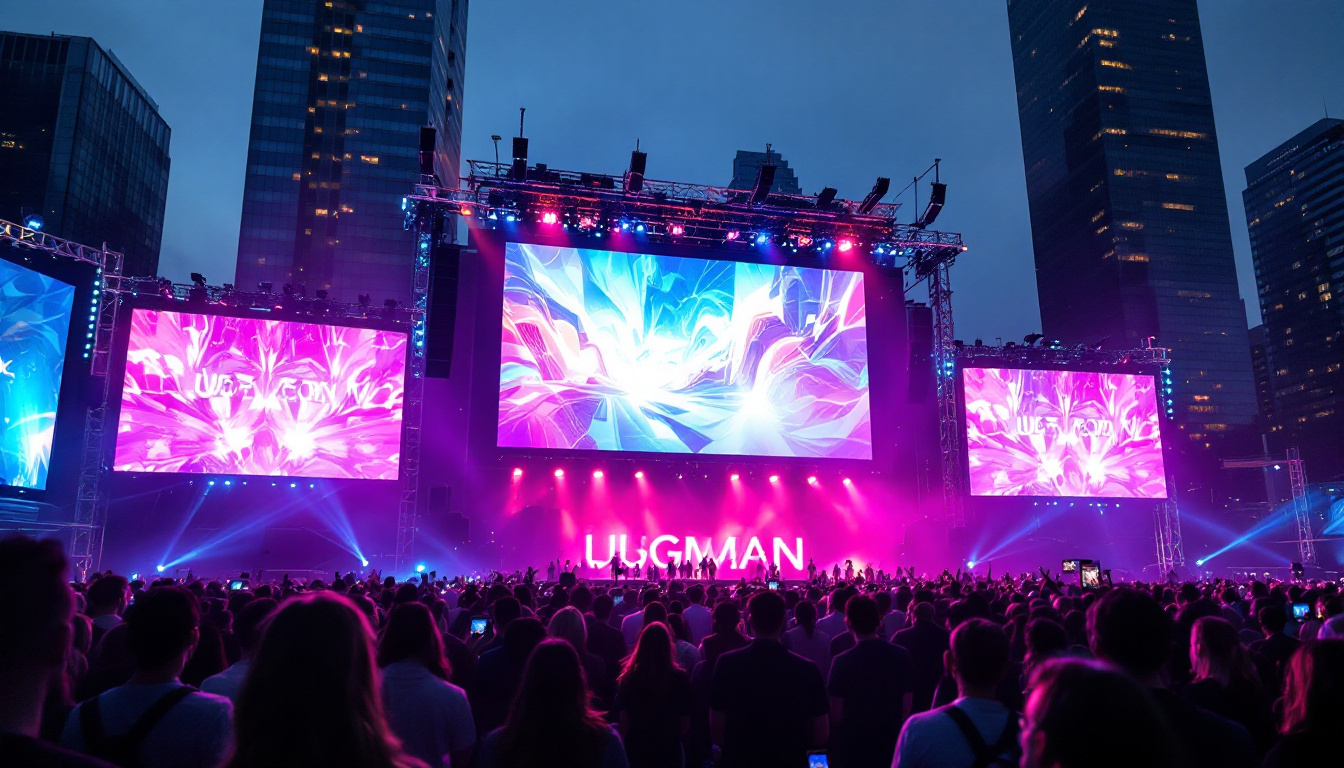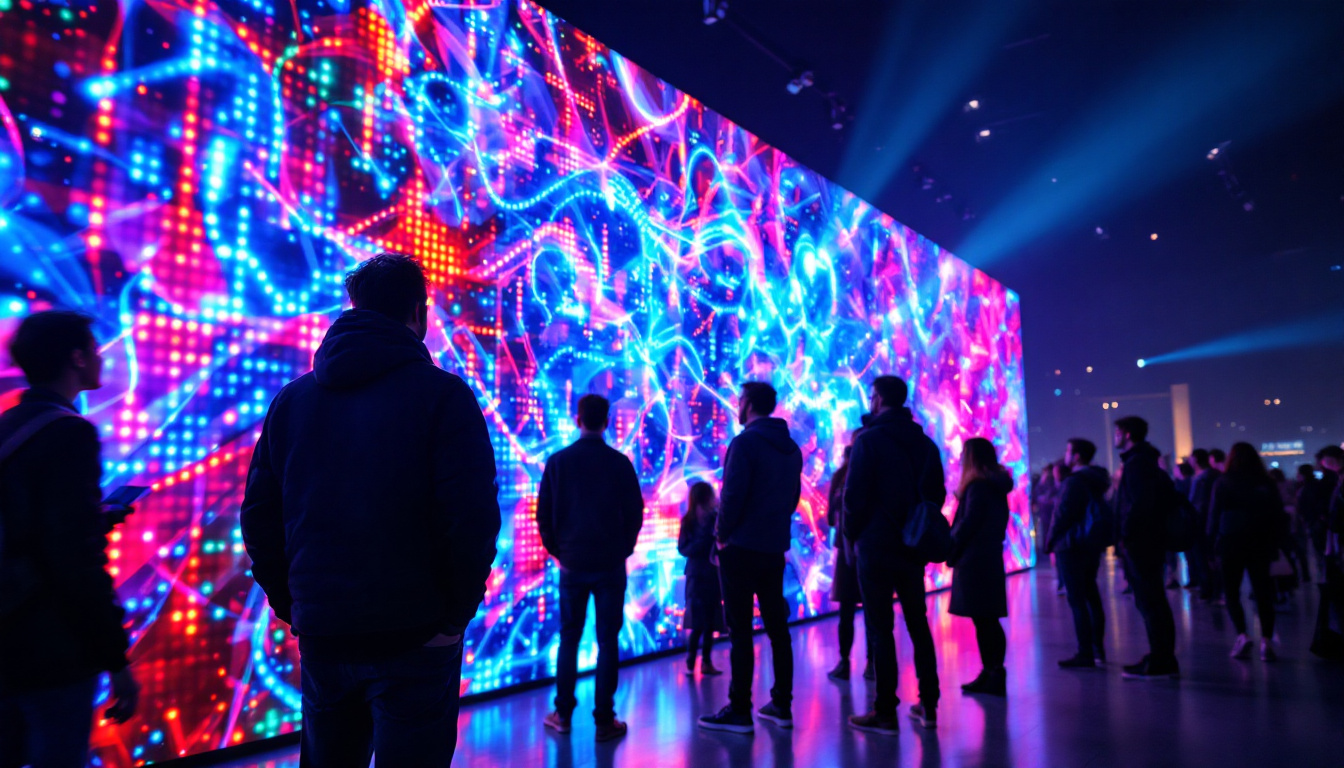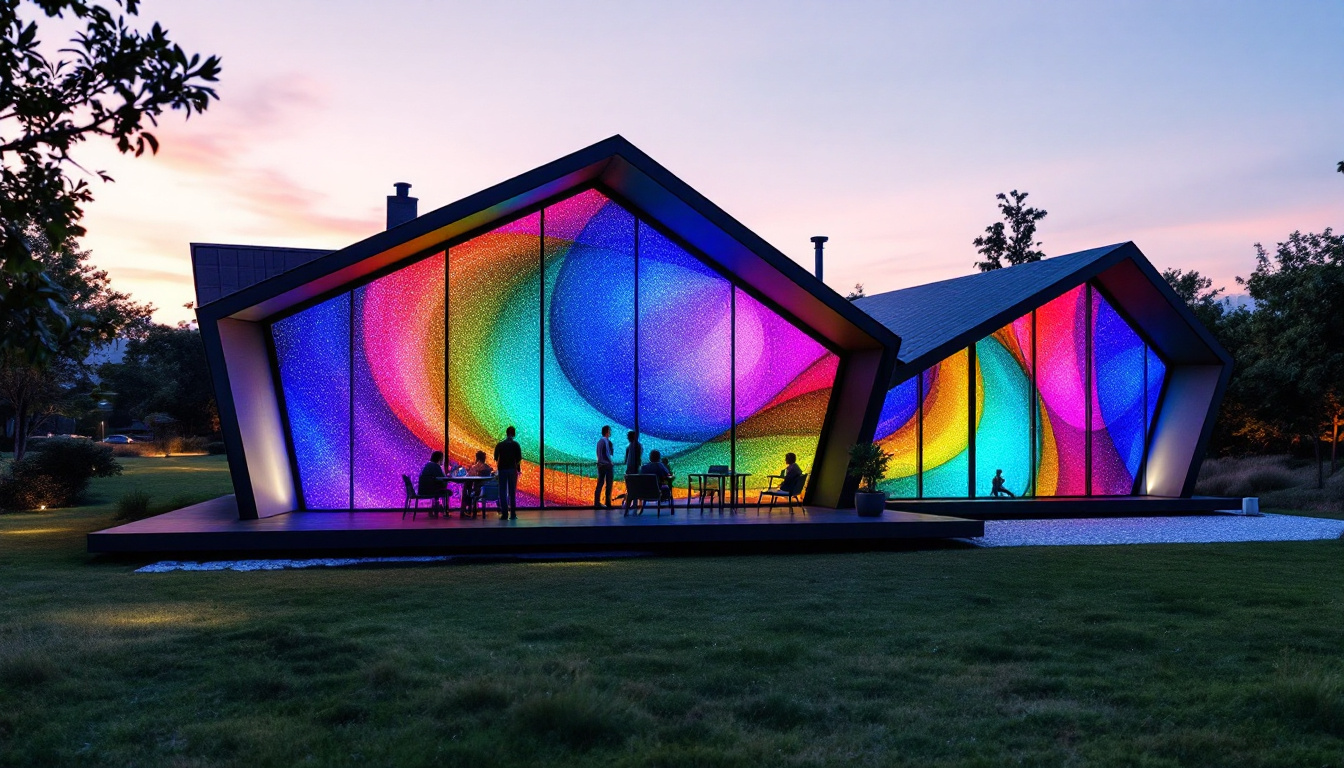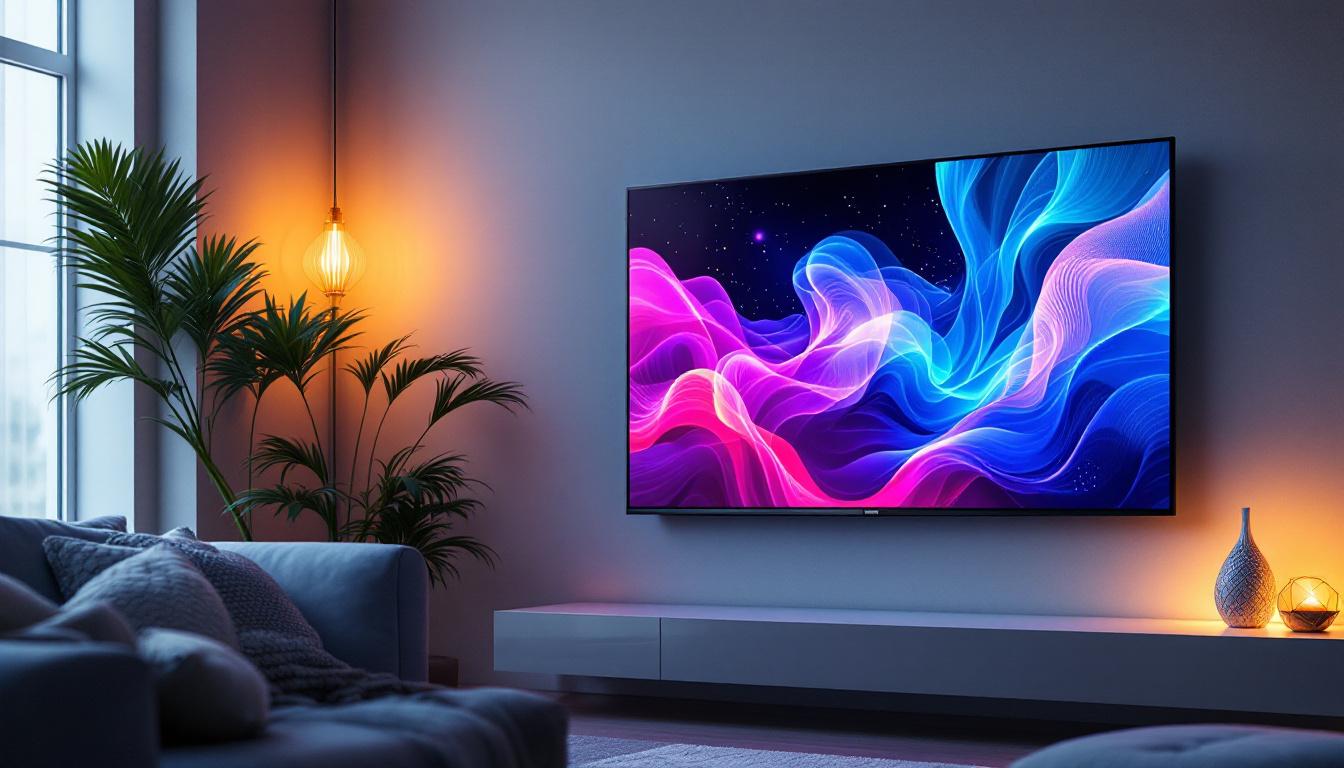Introduction to Portable Walls
In today’s fast-paced world, versatility and adaptability are essential, especially in event planning and presentations. portable walls offer a solution that is both functional and aesthetically pleasing, allowing for easy setup and breakdown. One of the most innovative uses of portable walls is in the form of LED displays, which can transform any space into a dynamic visual environment.
This article will delve into the process of building a portable wall with an integrated LED display. By understanding the components, design considerations, and installation techniques, anyone can create an engaging and effective display that can be transported and set up with ease.
Understanding LED Displays
LED displays have revolutionized the way information is presented. They are bright, vibrant, and can display a wide range of content, from static images to dynamic videos. Before embarking on building a portable wall with an LED display, it is crucial to understand the different types of LED technology available and how they can be utilized effectively.
Types of LED Displays
There are primarily two types of LED displays: direct view LED and LED-backlit LCD. Direct view LED displays consist of individual LEDs that form the complete image, while LED-backlit LCDs use LEDs to illuminate an LCD panel. For portable walls, direct view LED displays are often preferred due to their lightweight nature and superior brightness.
Additionally, LED displays can be categorized by pixel pitch, which refers to the distance between the centers of two adjacent pixels. A smaller pixel pitch results in higher resolution and image clarity, making it ideal for close viewing distances, such as at trade shows or conferences.
Benefits of Using LED Displays
LED displays offer several advantages over traditional display methods. They provide high brightness levels, ensuring visibility even in well-lit environments. Their energy efficiency is another significant benefit, as they consume less power compared to older technologies. Furthermore, LED displays are known for their durability and long lifespan, making them a cost-effective investment for repeated use.
The ability to easily update content is another compelling reason to choose LED displays. With the right software, users can change messages, images, and videos in real-time, allowing for dynamic presentations that can adapt to the audience’s needs.
Designing Your Portable Wall
Designing a portable wall with an LED display requires careful planning and consideration of various factors. The size, layout, and functionality of the wall must align with the intended use, whether for trade shows, presentations, or promotional events.
Size and Dimensions
The first step in designing a portable wall is determining the appropriate size and dimensions. Consider the space where the wall will be set up, as well as how many people it needs to accommodate. A standard height for portable walls is around 8 feet, but this can vary based on the venue and audience.
Width is also crucial. A wider display can create a more immersive experience, but it may also require more space for setup and transportation. It’s advisable to strike a balance between visibility and portability, ensuring that the wall can be easily moved without compromising on size.
Material Selection
The materials used in constructing the portable wall play a significant role in its overall effectiveness and durability. Lightweight materials such as aluminum frames are often used for the structure, as they provide strength without adding excessive weight. For the wall surface, options like fabric or rigid panels can be chosen based on the desired aesthetic and functionality.
When integrating an LED display, it is essential to ensure that the materials used can support the weight and heat generated by the display. Additionally, consider using materials that can withstand the rigors of transport and setup, ensuring longevity and reliability.
Components of a Portable Wall with LED Display
Building a portable wall with an LED display involves several key components. Each element must be carefully selected and assembled to create a cohesive and functional unit.
Frame and Structure
The frame serves as the backbone of the portable wall. A sturdy yet lightweight frame is essential for supporting the LED display and any additional features, such as signage or branding. Aluminum or steel frames are popular choices, as they provide strength without adding significant weight.
Consider using modular components that can be easily assembled and disassembled. This feature allows for quick setup and breakdown, making it ideal for events where time is of the essence.
LED Display Panel
The LED display panel is the centerpiece of the portable wall. When selecting a panel, consider factors such as resolution, brightness, and viewing angle. Ensure that the panel is compatible with the frame and can be securely mounted.
It’s also important to choose a display that can withstand outdoor conditions if the portable wall will be used in various environments. Look for panels that are rated for outdoor use, as they will typically have better weather resistance and brightness levels.
Power Supply and Connectivity
Powering an LED display requires a reliable power supply. Depending on the size of the display, a standard outlet may suffice, but larger displays may require dedicated circuits. Ensure that the power supply is easily accessible and can be connected quickly during setup.
Connectivity is another critical component. Most LED displays support various input methods, including HDMI, DisplayPort, and USB. Ensure that the portable wall is equipped with the necessary cables and adapters to connect to laptops, media players, or other devices.
Building the Portable Wall
Once the design and components have been finalized, the next step is to assemble the portable wall. This process requires careful attention to detail to ensure that all components fit together seamlessly and function as intended.
Assembling the Frame
Begin by assembling the frame according to the manufacturer’s instructions. Ensure that all connections are secure, as a sturdy frame is essential for supporting the LED display. If using modular components, take care to align them correctly to avoid any structural weaknesses.
Once the frame is assembled, test its stability by applying gentle pressure to various points. This step will help identify any potential issues before the display is mounted.
Mounting the LED Display
With the frame securely in place, it’s time to mount the LED display. Carefully follow the manufacturer’s guidelines for installation, ensuring that the display is level and securely attached to the frame. This step is crucial, as a poorly mounted display can lead to damage or malfunction.
Once the display is mounted, connect the power supply and any necessary cables. Test the display to ensure that it is functioning correctly before proceeding to the next steps.
Testing and Final Adjustments
After assembling the portable wall and mounting the LED display, it’s essential to conduct thorough testing. This phase ensures that everything operates smoothly and meets the desired performance standards.
Functionality Testing
Begin by powering on the LED display and checking for any issues, such as dead pixels or color inconsistencies. Play various content types to test the display’s performance, including videos, images, and text. This testing phase is crucial for identifying any potential problems before the wall is used in a live setting.
Additionally, test the connectivity options to ensure that all input methods work seamlessly. This step will help prevent any technical difficulties during presentations or events.
Making Adjustments
Based on the testing results, make any necessary adjustments to the display settings or mounting. This may include recalibrating the brightness, contrast, or color settings to achieve the best visual quality.
If any structural issues are identified during testing, address them promptly. Reinforce connections, adjust the frame, or make any other modifications needed to ensure stability and reliability.
Transporting and Setting Up the Portable Wall
Once the portable wall is fully assembled and tested, it’s time to consider how to transport and set it up effectively. Proper handling and setup can significantly impact the longevity and performance of the wall.
Transportation Tips
When transporting the portable wall, ensure that all components are securely packed to prevent damage. Use padded cases or bags for the LED display and frame components to protect them during transit. Labeling each part can also facilitate quick assembly at the destination.
Consider the weight distribution when loading the wall into a vehicle. Placing heavier components at the bottom can help maintain stability and prevent shifting during transport.
Setting Up at the Venue
Upon arrival at the venue, carefully unpack the components and set up the frame first. Ensure that the area is clear and that there is enough space for the wall to be fully extended. Once the frame is in place, mount the LED display and connect the power supply and cables.
After setup, conduct a final check to ensure everything is functioning correctly. This includes testing the display, adjusting settings if necessary, and confirming that all connections are secure. A well-prepared setup will impress the audience and enhance the overall experience.
Conclusion
Building a portable wall with an LED display is an exciting project that can elevate any event or presentation. By understanding the components, design considerations, and assembly techniques, anyone can create a visually stunning and functional display. With the right preparation and attention to detail, a portable wall can serve as a powerful tool for communication and engagement in various settings.
As technology continues to evolve, the possibilities for portable walls and LED displays will only expand. Embracing these innovations can lead to more dynamic presentations and memorable experiences for audiences everywhere.
Discover LumenMatrix LED Display Solutions
Ready to transform your presentations and events with a portable wall that captivates and engages? LumenMatrix is at the forefront of LED display technology, offering a wide array of solutions tailored to your needs. From vibrant Indoor LED Wall Displays to robust Outdoor LED Wall Displays, and from sleek LED Poster Displays to interactive Floor LED Displays, our products are designed to make your brand shine. Experience the future of visual communication with LumenMatrix and create unforgettable visual experiences. Check out LumenMatrix LED Display Solutions today and take the first step towards revolutionizing your visual storytelling.


